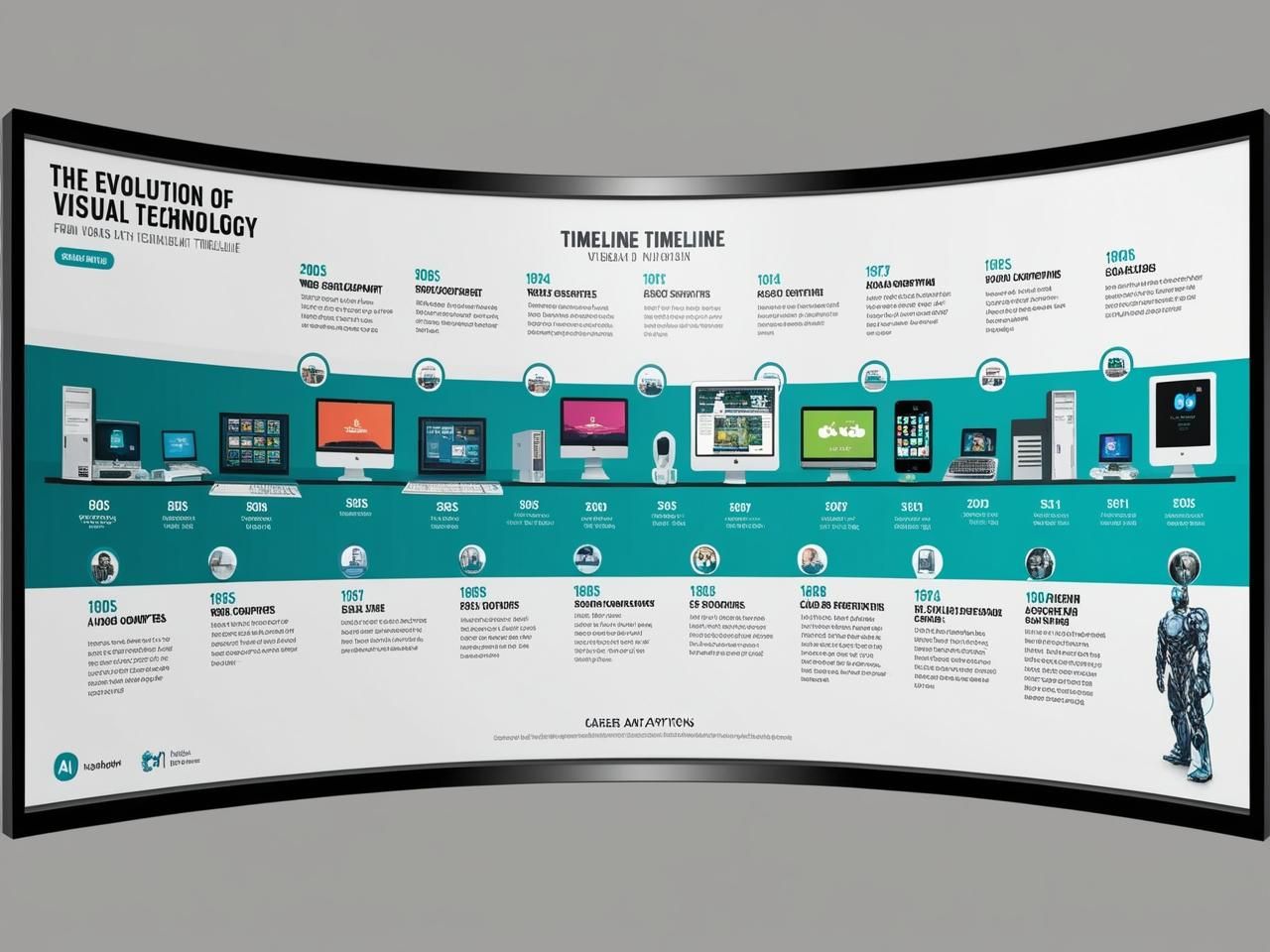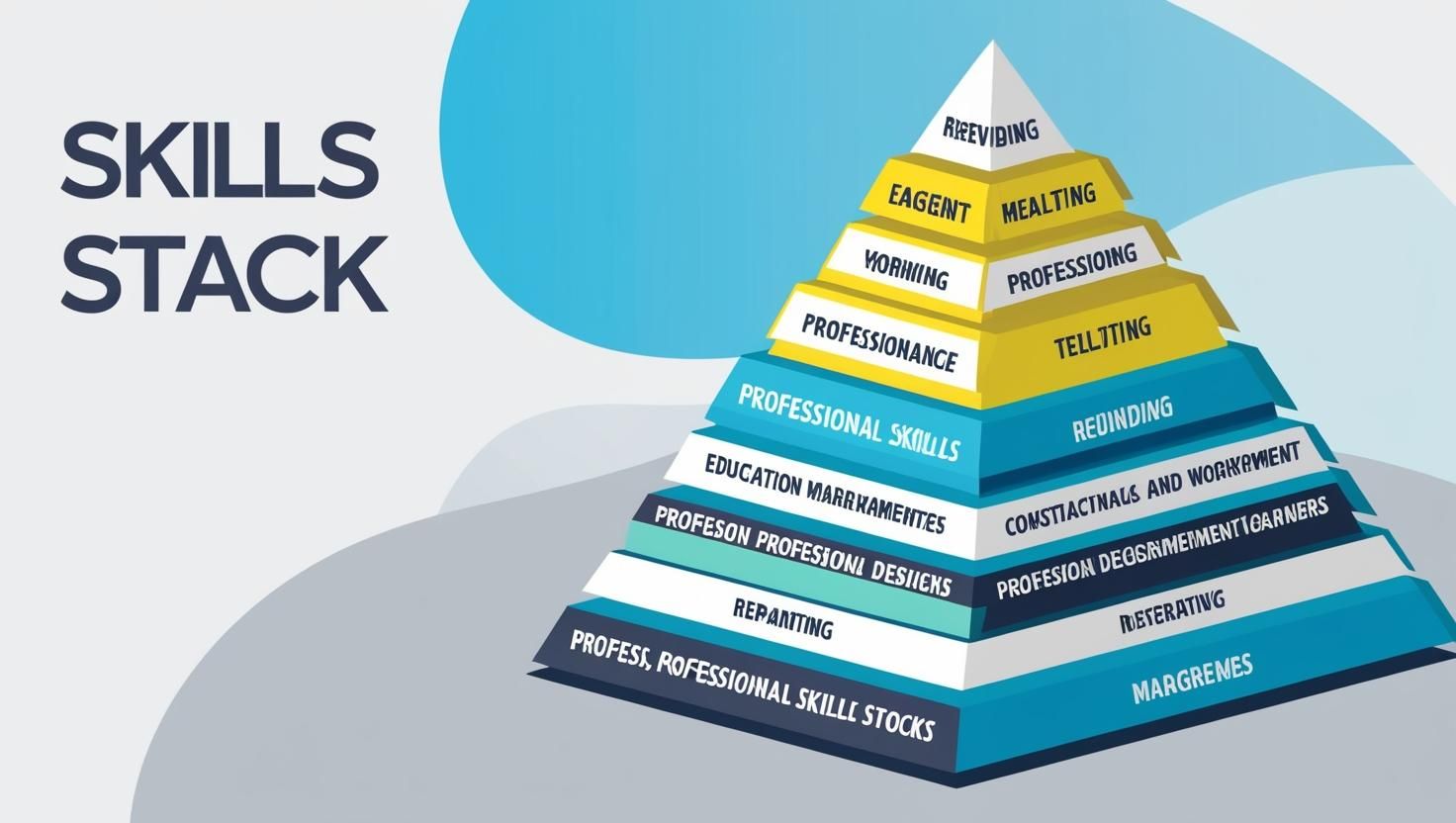- English
- Indonesia
Published by I Putu Arka Suryawan at Tue May 27 2025

A veteran developer's blueprint for surviving and thriving through decades of technological disruption
Starting my career writing Clipper code for DOS applications in the early 2000s, I never imagined I'd be architecting AI systems in 2025. Yet here I am, having navigated through the rise of the internet, the mobile revolution, cloud computing, and now artificial intelligence. Each transition could have been career-ending, but instead became opportunities for growth. Today, I want to share the strategies that have kept me not just employed, but excited about technology for over two decades.
The key isn't predicting the future—it's building the capacity to adapt to any future that comes.
The Desktop-to-Web Migration (2000s) When I started with desktop applications, the web was still considered a "toy" by many enterprise developers. Those who dismissed HTML and JavaScript as "not real programming" found themselves scrambling when businesses demanded web presence. I survived this transition by recognizing that the underlying principles of data management and user experience remained constant, even as the delivery mechanism changed.
The Mobile-First Era (2010s) The smartphone revolution caught many desktop developers off-guard. Suddenly, responsive design wasn't optional, and touch interfaces required completely different thinking about user interaction. Rather than resist this change, I dove into understanding mobile constraints and opportunities, which later informed my approach to performance optimization across all platforms.
The Cloud Computing Shift (2010s-2020s) Moving from on-premise servers to cloud infrastructure seemed daunting to many traditional IT professionals. I approached it as an evolution of the resource management principles I'd learned in the DOS era—just with more sophisticated tools and broader scale. Understanding the fundamentals of distributed systems and resource optimization made this transition natural rather than traumatic.
The AI Revolution (2020s-Present) The current AI boom represents perhaps the most significant shift I've experienced. Unlike previous changes that primarily affected how we built things, AI is changing what we build and why. My background in data structures and algorithmic thinking, developed decades ago, suddenly became incredibly relevant again in unexpected ways.
The secret to future-proofing isn't learning every new framework that emerges—it's developing a learning methodology that can quickly adapt to any new technology. Here's how I approach continuous learning:
Learn Principles, Not Just Syntax When React emerged, I didn't just memorize JSX syntax. I understood the underlying principles of component-based architecture, virtual DOM concepts, and unidirectional data flow. This deeper understanding made it easy to later adapt to Vue, Angular, or any other framework that followed similar patterns.
Maintain a "Technology Radar" I dedicate time each week to scanning emerging technologies, not to learn everything, but to understand trends and identify which innovations might have staying power. I look for technologies that solve real problems rather than just create developer convenience.
Build Learning Projects Regularly I maintain a practice of building small projects with new technologies every quarter. These aren't production applications, but focused experiments that help me understand core concepts quickly. A weekend project with a new database technology teaches me more than months of theoretical reading.
Connect with Different Communities I actively participate in various tech communities—not just those related to my current work. Conversations with mobile developers, DevOps engineers, and data scientists often reveal patterns and opportunities I might miss if I only talked to people doing exactly what I do.
Every tech revolution brings genuine innovation wrapped in tremendous hype. Learning to separate signal from noise has been crucial to my career longevity. Here's how I evaluate emerging technologies:
Look for Solutions to Universal Problems The technologies that survive address fundamental human or business needs. The web succeeded because it solved information sharing. Mobile apps succeeded because they made computing personal and portable. Cloud computing succeeded because it reduced infrastructure complexity. AI is succeeding because it automates cognitive tasks.
Identify the Economic Drivers Sustainable technology adoption requires economic viability. I ask: What costs does this reduce? What new revenue does it enable? What efficiency does it create? Technologies without clear economic benefits rarely achieve lasting adoption, regardless of their technical elegance.
Understand the Adoption Curve Not every innovation is ready for mainstream adoption immediately. I've learned to recognize when a technology is in the early experimental phase versus when it's approaching practical viability. This timing awareness helps me invest learning effort at the right moments.
Watch for Platform Effects Some technologies become platforms that enable entire ecosystems. The web became a platform for countless applications. Mobile devices became platforms for app ecosystems. Cloud services became platforms for scalable applications. AI is becoming a platform for intelligent applications. Recognizing these platform moments creates tremendous opportunity.

While specific technologies come and go, certain skills remain valuable across all technological eras. I've focused on developing these "timeless" capabilities:
Systems Thinking Understanding how components interact within larger systems has served me whether I was optimizing database queries in the DOS era or designing microservices architectures today. The complexity has increased, but the fundamental thinking patterns remain the same.
Problem Decomposition The ability to break complex problems into manageable pieces is as valuable when debugging legacy code as when designing machine learning pipelines. This skill transcends any particular programming language or framework.
Performance Optimization Constraints change, but the need for efficiency remains. The memory optimization skills I learned in resource-constrained DOS environments directly apply to optimizing cloud costs and improving user experience in modern applications.
Communication and Documentation Technical solutions are worthless if they can't be understood and maintained by others. My early experience working in teams with limited documentation tools taught me to communicate clearly and concisely—skills that are even more valuable in today's distributed, remote-work environment.
Business Context Understanding The most successful technology professionals understand not just how to build things, but why they're being built. This business acumen has helped me make better technical decisions and position myself for opportunities throughout various industry changes.
Knowing when to double down on current skills versus when to pivot requires careful judgment. Here's my framework for making these decisions:
The 70-20-10 Rule I allocate my professional development time roughly as follows: 70% deepening current expertise, 20% exploring adjacent skills, and 10% investigating completely new domains. This balance maintains current competency while building future options.
Leading Indicators of Change I watch for early signals that indicate when pivots might be necessary: declining job postings for current skills, increasing demand for adjacent skills, or major industry players making significant technology bets. These indicators help me prepare for transitions before they become urgent.
Strategic Skill Stacking Rather than completely abandoning previous skills, I look for ways to combine them with new capabilities. My database experience enhanced my effectiveness with AI systems that require data pipeline optimization. My web development background made me more effective at building AI interfaces. Each skill layer adds to my unique value proposition.
Gradual Transition Strategies I rarely make abrupt career pivots. Instead, I gradually incorporate new technologies into current projects, volunteer for cross-functional initiatives, or take on side projects that build expertise in emerging areas. This approach reduces risk while building credibility in new domains.
Building Internal Credibility First When transitioning to new technology areas, I focus on proving value within my current organization before seeking external opportunities. Internal transitions are often less risky and provide better learning environments than jumping to unfamiliar companies with unfamiliar technologies.

Perhaps the most important capability I've developed is learning how to learn efficiently. As the pace of technological change accelerates, this meta-skill becomes increasingly valuable:
Pattern Recognition Across Domains I've learned to quickly identify patterns between new and familiar technologies. When I first encountered Docker containers, I recognized similarities to virtual machines and package management systems I'd used before. This pattern recognition accelerates learning and reduces intimidation when facing new technologies.
Just-in-Time Learning Rather than trying to learn everything in advance, I've become skilled at rapidly acquiring specific knowledge when needed. This approach is more efficient and ensures that learning is immediately applicable and therefore more likely to stick.
Teaching as Learning Reinforcement I regularly share knowledge through mentoring, writing, and speaking. Teaching forces deeper understanding and reveals gaps in my own knowledge. It also keeps me connected to the broader technology community and exposed to different perspectives.
The technology industry will continue evolving in ways we can't fully predict. However, by focusing on timeless principles, maintaining learning agility, and staying connected to fundamental value creation, any technology professional can build a career that thrives through multiple revolutions.
The key insight from my journey is this: technologies change, but the underlying human and business needs they serve remain remarkably consistent. By anchoring your career around solving these enduring problems rather than mastering specific tools, you build resilience that transcends any single technological shift.